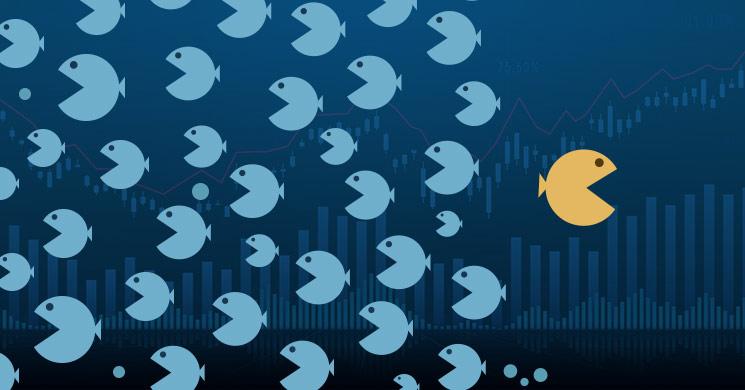
I have told Kitco readers before that one of the best methods to trade a market is to jump on board when prices "break out" of a congestion or "basing" area on the chart and begin a new trend. I have also stressed to my valued readers that one of the riskiest and least successful trading methods is trying to pick tops and bottoms in markets. Now, I'm going to muddy the waters just a bit and discuss contrary opinion.
Contrary opinion in the trading business is defined as going (trading) against the popular or most widely held opinions in the marketplace. This notion of "going against the grain" of popular market opinion is difficult to undertake, especially when there is a steady drumbeat of fundamental information that seems to corroborate the popular opinion.
To help you understand why contrarian thinking is used successfully by some traders, consider these questions: When is a market most bullish? When is a market most bearish? The answers are: A market is most bullish when the highest daily high on the chart is scored--it's downhill for prices from there. A market is most bearish when the lowest low is reached on the chart, and then the market turns up.
It's no wonder many novice traders lose their assets quickly in the trading arena. Traders are most bullish at market tops and most bearish at market bottoms!
Since nobody has discovered the Holy Grail of trading markets, the best traders can do is seek out clues, through chart and technical analysis, fundamental analysis, and possibly do some contrary thinking.
If you've read books on trading markets, most will tell you to have a trading plan and stick with it throughout the trade. A main reason for this trading tenet is to keep you from being swayed or influenced by the opinions of others while you are in the middle of a trade. Popular opinion is many times, not the right opinion when it comes to market direction.
Contrarian trading is not for everyone, but some traders are successful in employing it. Have you ever heard the saying, “There are too many traders on one side of the boat,” or, “That trade is too crowded?” Those are contrarian thinkers who reckon the easy money has already been made on a trade and the market is due for a price reversal soon.
For further reading on using contrary opinion in trading, there is a book called "Contrary Opinion" by R. Earl Hadady. He is the founder of Market Vane's "Bullish Consensus." This is a weekly report that provides traders' degree of bullishness or bearishness in the major markets. Traders use this report to help them gauge when a market is overbought or oversold.
Read more by Jim Wyckoff







